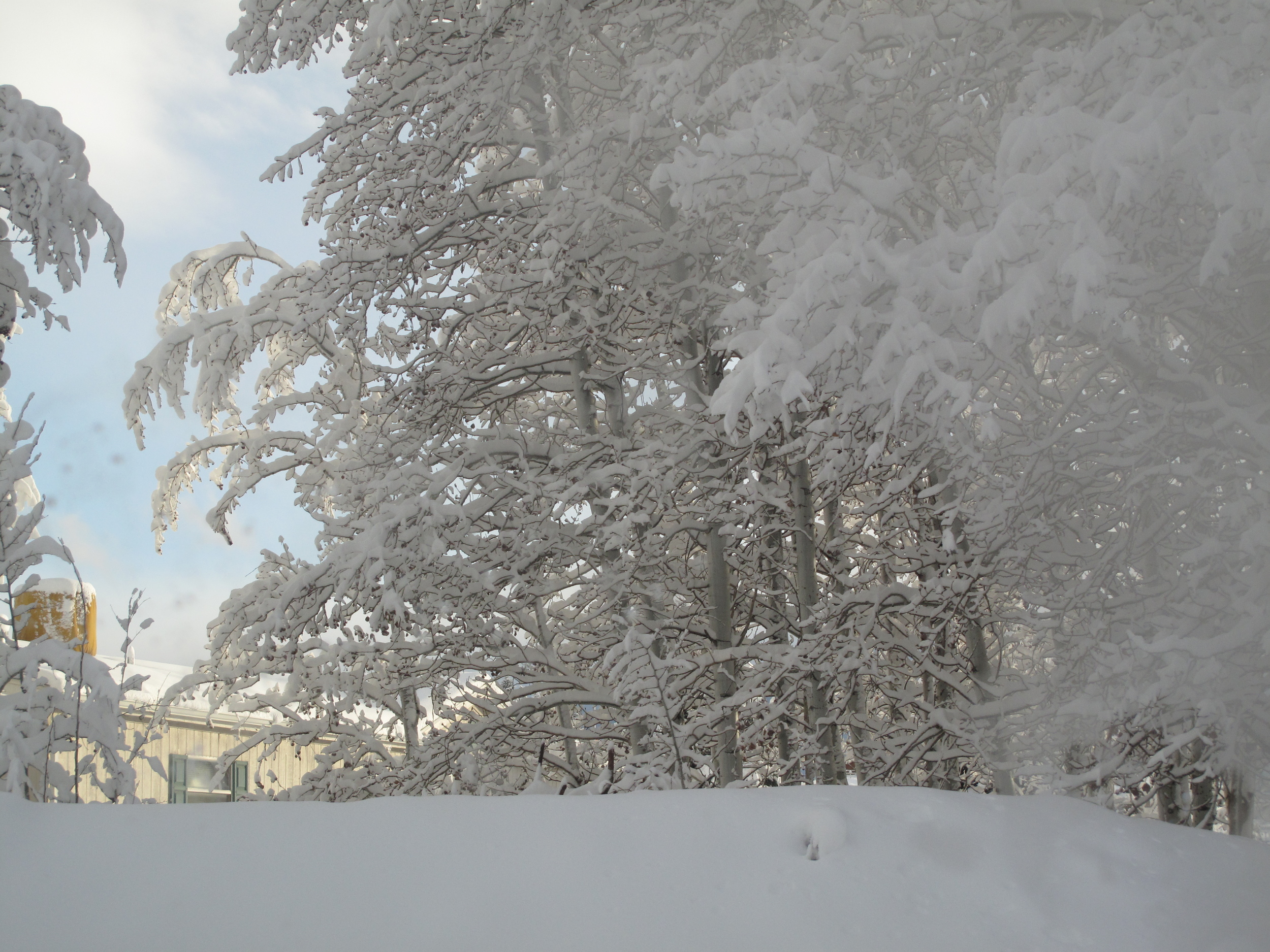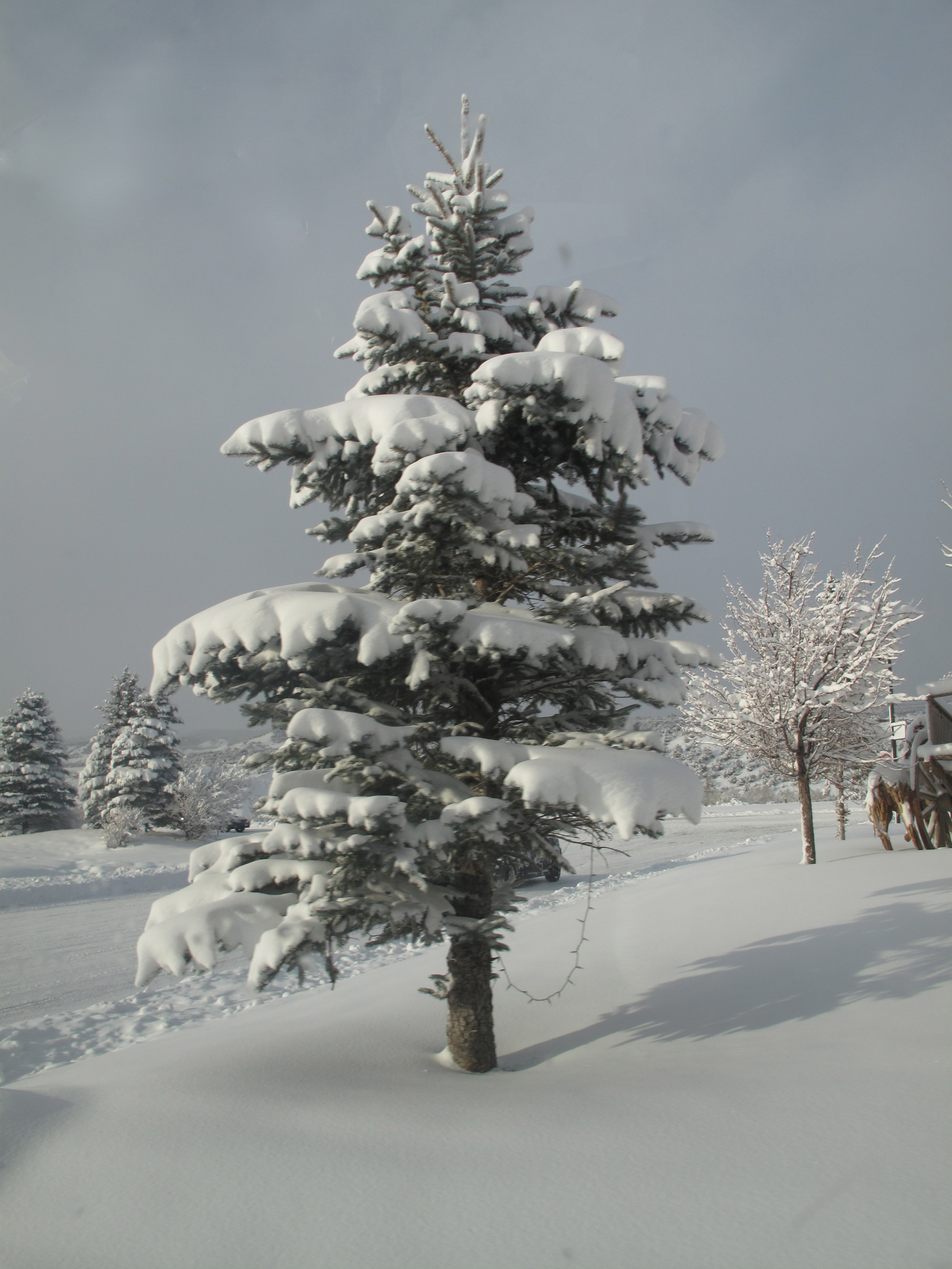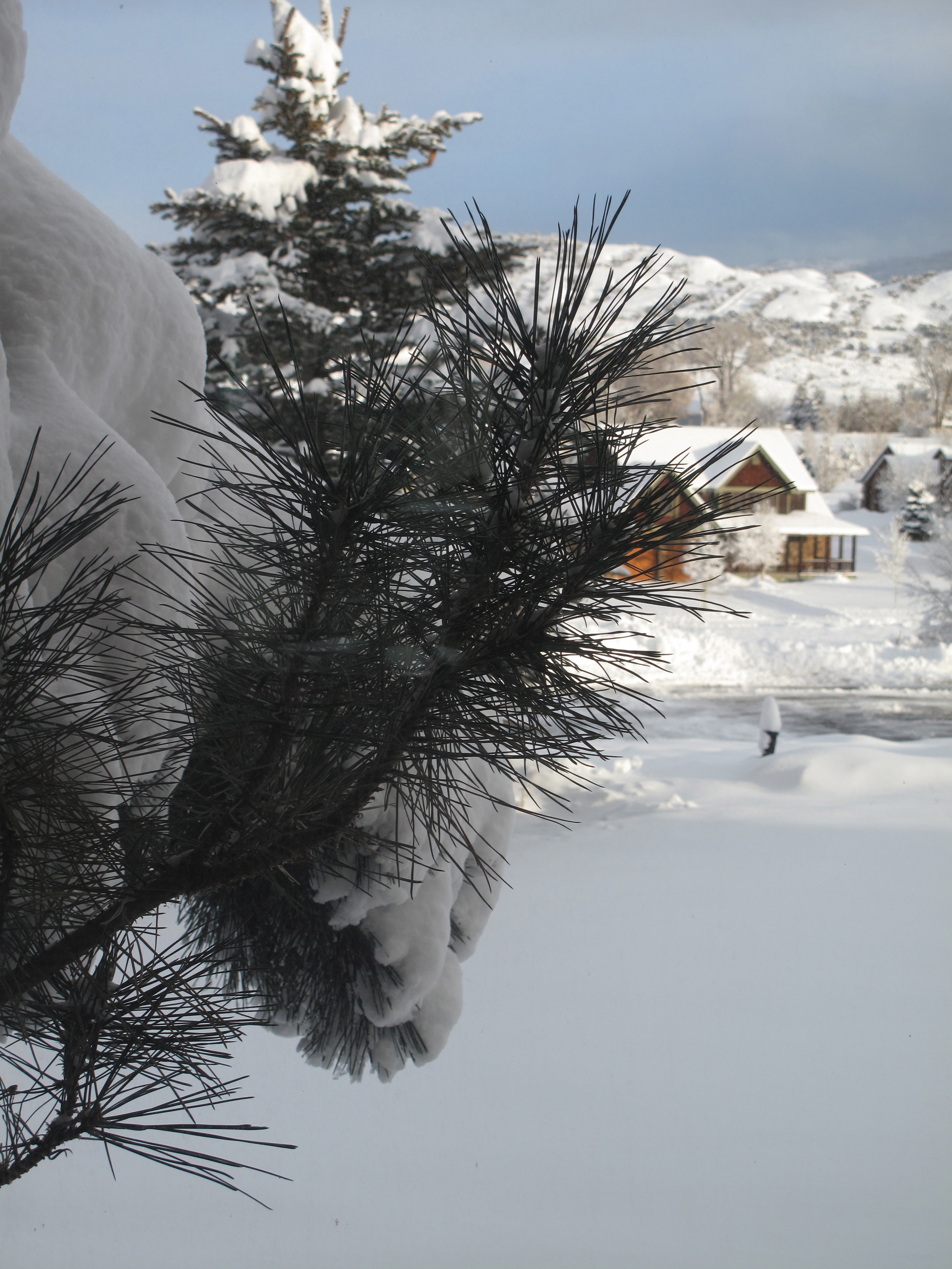SNOW
That is all I could see, bleary-eyed, gazing out from the car window. Snow and more snow. Then again, it was December. A vision swept by: a patriotic flag hung from a building site, whipped and pulled by the blizzard. Oliver and my brother are still talking from the front seat: "These are some of the worst road conditions we have had in ages!". I zone out again, the sinus infection stopping me from contributing any more than a few gurgling yes and nos.
Arriving in the picture perfect Vail Valley, things started to clear up - both the weather and my vision. I guess I was in awe. That landscape, the trees, all blanketed in snow and glistening ice particles glinting in the noon day sun. The gingerbread cookie cutter houses, strung up with Christmas lights. It was all so beautiful.
That first week in Colorado was like a time lapse of snapshots in feeling:
A constant babble of Spanish, and a stream of visitors.
The smells of carne asada and chilli rellenos, and that itchy feeling in the back of my throat from the cooking peppers.
Time spent playing pool on a table covered in red felt.
A pack of dogs roaming the house, each one with a wooly coat.
Meeting new people.
The smell of Oliver's house, now comforting. Like candles, spices, must and cut-logs.
The constant feeling of difference: different accents, different food, different landscape, different supermarkets, different slang words.
A confusion about directions. I had absolutely no idea about the location of anything, including myself.





















